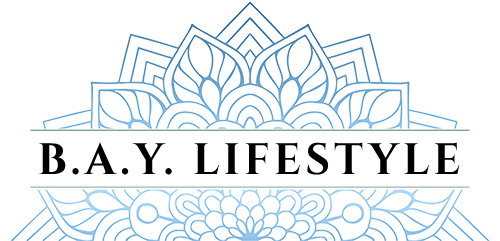In the bustling tapestry of modern life, where stress and sensory overload have become ubiquitous, the ancient practice of pranayama emerges as a beacon of serenity—a timeless tool for stress relief, relaxation, and mental clarity. Pranayama, the art of conscious breath control, has seamlessly integrated itself into the fabric of contemporary wellness, offering a refuge of calm amidst the chaos. Scientific research validates its profound benefits, and its integration into medical and therapeutic settings demonstrates its potential to harmonize Eastern wisdom with Western medicine. This article explores the present-day uses and benefits of pranayama as a catalyst for holistic well-being and its collaboration with the realm of healthcare.
The Science of Breath: Physiology and Psychology
Scientific exploration has illuminated the physiological and psychological dimensions underlying pranayama’s benefits. Research reveals that deliberate breath control has a direct impact on the autonomic nervous system, influencing the balance between the sympathetic (fight-or-flight) and parasympathetic (rest-and-digest) responses. Slow, deep breathing techniques—such as “diaphragmatic” or “belly” breathing—stimulate the vagus nerve, promoting relaxation and reducing stress.
Studies also indicate that pranayama positively influences heart rate variability, blood pressure, and oxygen saturation levels. These physiological changes mirror the calming effects of the practice, enhancing overall well-being. Moreover, pranayama fosters coherence between brain regions, nurturing mental clarity, emotional regulation, and cognitive function.
The Integration into Medical and Therapeutic Settings
Pranayama’s therapeutic potential has led to its integration into medical and therapeutic settings, where it complements conventional treatments and enriches holistic care. Healthcare professionals recognize pranayama as an adjunctive tool for managing stress-related disorders, anxiety, depression, and even chronic pain.
In clinical psychology, mindfulness-based interventions often incorporate pranayama to enhance emotional resilience and self-awareness. Controlled breathing techniques empower individuals to navigate emotional turbulence and cultivate a sense of equanimity. Additionally, pranayama’s impact on the autonomic nervous system proves invaluable in managing conditions like hypertension and cardiovascular disorders.
Collaboration with Western Medicine and Healthcare
The symbiotic relationship between pranayama and Western medicine highlights the transformative potential of holistic integration. Collaborative efforts have led to the development of integrative healthcare models that unite the best of both worlds. Medical practitioners, such as doctors and therapists, are increasingly incorporating pranayama techniques into patient care, recognizing its capacity to enhance outcomes and empower individuals in their healing journey.
For instance, mindfulness-based stress reduction (MBSR) programs, which integrate pranayama and mindfulness meditation, have garnered recognition for their efficacy in reducing stress, pain, and psychological distress. By fostering self-awareness and fostering emotional regulation, these programs empower individuals to actively participate in their healing process, augmenting the impact of medical interventions.
Pranayama Techniques for Holistic Well-Being
Pranayama techniques adopted for holistic well-being encompass a spectrum of practices that cater to diverse needs and preferences. Some of these techniques include:
1. **Diaphragmatic Breathing (Belly Breathing)**: This foundational technique involves deep, slow breaths that engage the diaphragm and expand the abdomen. It induces a relaxation response, reduces anxiety, and enhances oxygen exchange.
2. **Nadi Shodhana (Alternate Nostril Breathing)**: By balancing the flow of energy through the nadis (energy channels), this technique harmonizes the nervous system, fosters mental clarity, and promotes a sense of balance.
3. **Bhramari (Bee Breath)**: The humming sound produced during this technique soothes the nervous system, alleviates tension, and cultivates a meditative state of mind.
4. **Sheetali and Sheetkari (Cooling Breath)**: Involving inhaling through the curled tongue or the teeth, respectively, these techniques have a cooling effect on the body, reducing stress and enhancing relaxation.
A Holistic Path Forward
In a world characterized by information overload and perpetual connectivity, the practice of pranayama offers a poignant reminder of the power of simplicity—the profound impact of conscious breathing on our well-being. As we navigate the complexities of contemporary life, pranayama serves as an anchor—a timeless tool that transcends cultural boundaries and integrates seamlessly into diverse lifestyles.
The marriage of Eastern wisdom with Western medical insights has birthed a new paradigm—one in which pranayama stands as a bridge between ancient tradition and modern science. Its integration into healthcare settings underscores its potential to augment conventional treatments, empower individuals, and catalyze the journey toward holistic well-being.
As we inhale and exhale, we tap into the rhythm of existence—the universal pulse that threads through all living beings. Through pranayama, we embrace the innate serenity that resides within, unearthing a reservoir of tranquility that guides us toward balance, clarity, and a profound connection to the essence of life itself.

